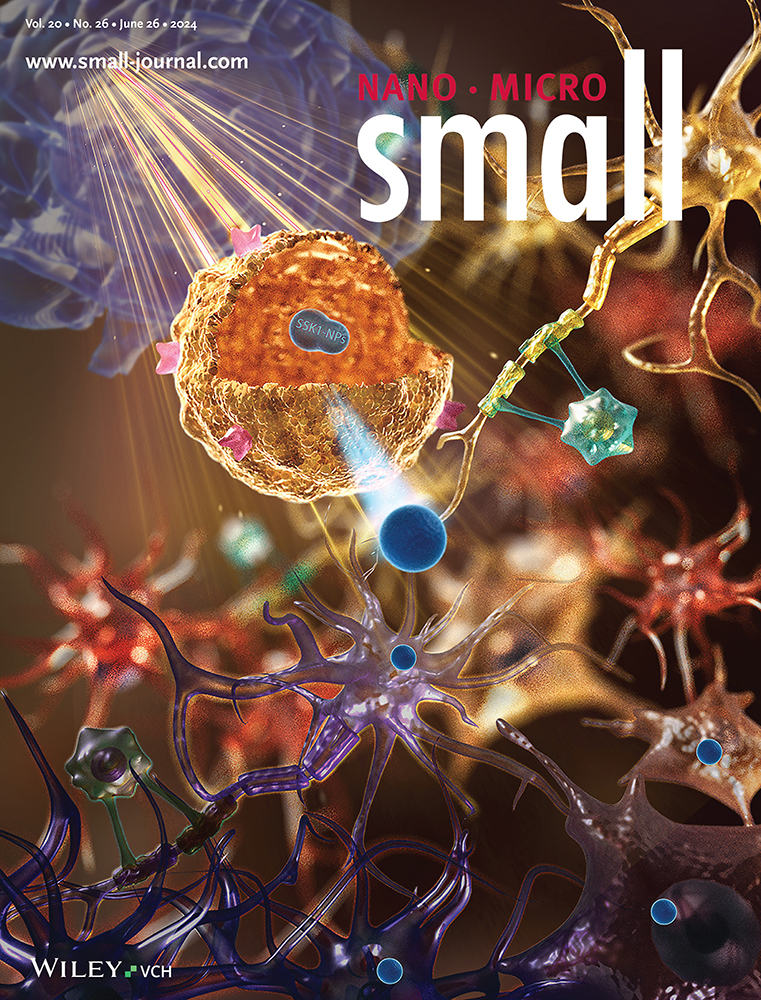An Ultrasound-Triggered STING Pathway Nanoagonist for Enhanced Chemotherapy-Induced Immunogenic Cell Death
Abstract
Although chemotherapy has the potential to induce tumor immunotherapy via immunogenic cell death (ICD) effects, how to control the intensity of the immune responses still deserves further exploration. Herein, a controllable ultrasound (US)-triggered chemo-immunotherapy nanoagonist is successfully synthesized by utilizing the pH and reactive oxygen species (ROS) dual-responsive PEG-polyphenol to assemble sonosensitizer zinc oxide (ZnO) and doxorubicin (DOX). The PZnO@DOX nanoparticles have an intelligent disassembly to release DOX and zinc ions in acidic pH conditions. Notably, US irradiation generates ROS by sonodynamic therapy and accelerates the drug release process. Interestingly, after the PZnO@DOX+US treatment, the injured cells release double-stranded DNA (dsDNA) from the nucleus and mitochondria into the cytosol. Subsequently, both the dsDNA and zinc ions bind with cyclic GMP-AMP synthase and activate the stimulator of interferon genes (STING) pathway, resulting in the dendritic cell maturation, ultimately promoting DOX-induced ICD effects and antigen-specific T cell immunity. Therefore, chemotherapy-induced immune responses can be modulated by non-invasive control of US.
Conflict of Interest
The authors declare no conflict of interest.
Open Research
Data Availability Statement
The data that support the findings of this study are available from the corresponding author upon reasonable request.




